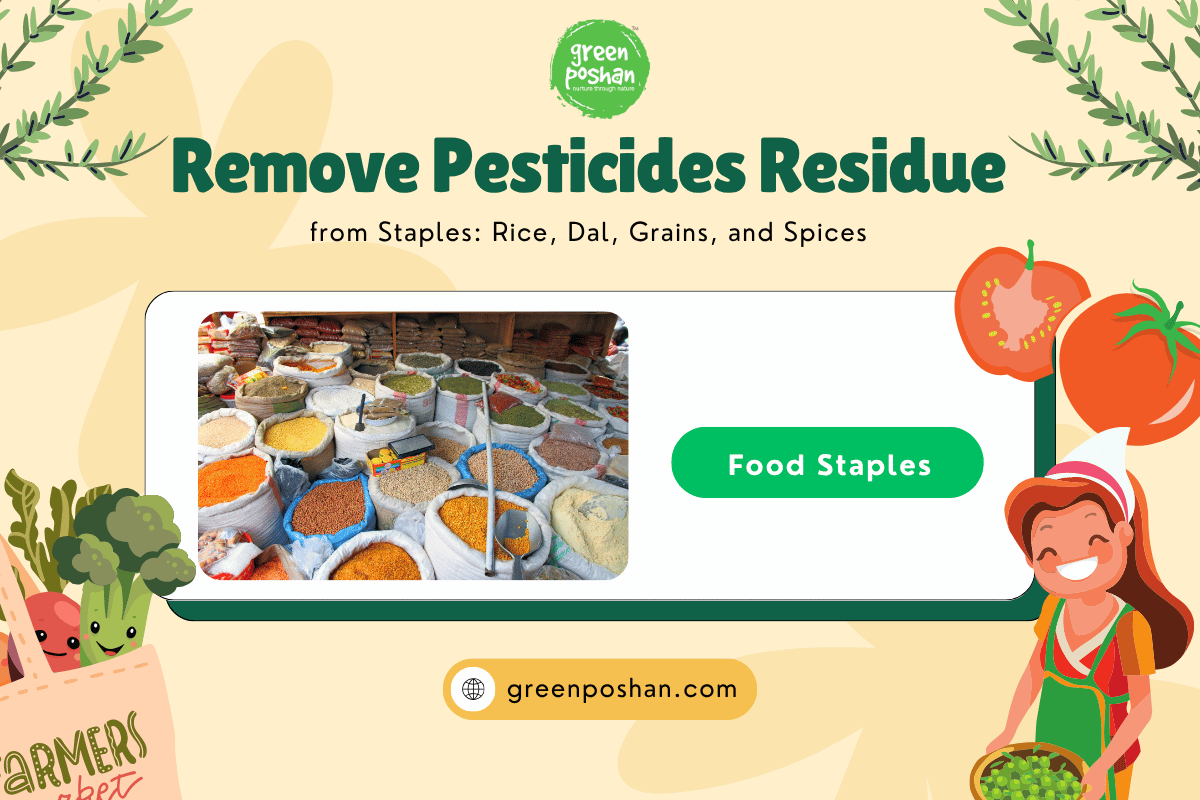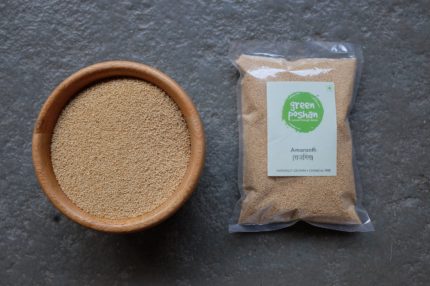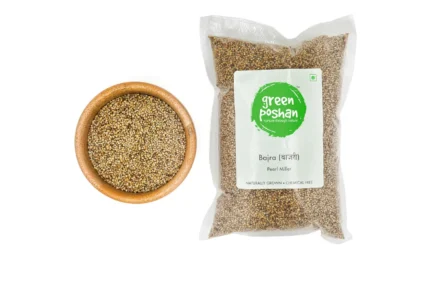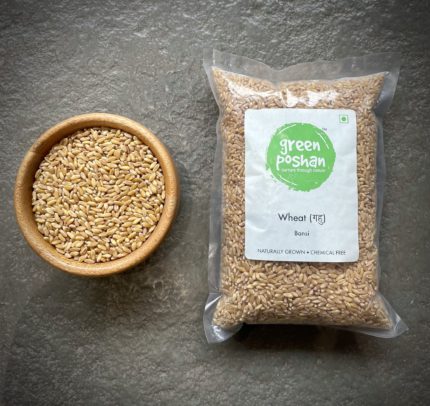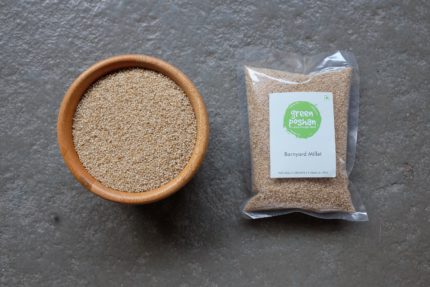Many people pay attention to washing vegetables for food safety, but very few realize that the real risk of pesticides residue from staples in India often comes from daily essentials like rice, pulses, wheat, and spices. While many households focus on washing vegetables to reduce pesticide exposure, few realize that staples like rice, dal, and spices may carry hidden pesticides residue that even soaking or cooking can’t fully remove here’s what the research and government data actually reveal. Multiple Indian studies have shown that up to one in three staple food samples have detectable pesticide residues, sometimes even above FSSAI safety limits. Just focusing on vegetables leaves a major gap in your kitchen safety.
Can Home Remedies Really Remove Pesticides Residue from Staples?
Below is what research and Indian government data reveal about various methods:
| Method | Staples (Rice, Dal, Grains, Pulses, Spices) | Percent of Surface Pesticide Removed | Percent Remaining (Internal) | Limitations |
| Washing under running water | All | 30–50% | Often >50% | Effective only for the surface. Internal residues remain. |
| Soaking and agitation | All | Up to 80% (certain pulses) | 20–50% | Won’t help for chemicals inside the grain or seed. |
| Steaming or cooking | Most | Extra 30–50% of some types | Some residues survive | Not all pesticides break down with heat. |
| Parboiling or polishing | Rice | Up to 70% from surface layers | Some remain inside | Nutrients from the outer layer can be lost. |
| Baking soda or salt soaks | All | 20–60% (surface only) | No impact on systemic | Not effective for most common Indian chemicals. |
| Lab-tested organic sources | All | 90%+ if certified and verified | Very low | Only as good as the lab and supply chain |
Many articles and sources on the internet simply repeat wash or soak tips, not highlighting that invisible chemicals can remain inside the grain or seed.
The Real Risk: Systemic and Storage Pesticides in Indian Staples
Rice and wheat are exposed to pesticides before harvest and again to storage chemicals after milling. Washing outer layers can only remove what’s on the surface.
Pulses often contain residues absorbed through the plant itself, remaining inside even after soaking or cooking.
Spices are another risk point, often contaminated by both field pesticides and storage treatments.
Long-term exposure to pesticides residue from staples has been linked to hormonal imbalances, gut issues, and weakened immunity
According to the Indian Council of Agricultural Research, over 28% of Indian staple food market samples tested had measurable pesticide residues, and 3.5% were over legal limits.
Home Washing: Helpful, but Not a Complete Solution
Always rinse rice, pulses, and grains under running water, agitate well, and soak, discarding the soak water. For rice, cooking with extra water and discarding the excess helps. Spices may be dry roasted or sun dried, though this mostly helps hygienically, not chemically.
But these methods simply are not enough to remove all types of chemical residues, especially those absorbed by the plant or added during warehousing.
Myth-Busting: Limits of Home Removal
Surface residues, such as those from recent spraying, can be partially reduced by repeated washing and soaking.
Many assume that water alone can eliminate pesticides residue from staples, but that’s only partially true.
Systemic pesticides, absorbed while the plant was growing, stay deep inside and can’t be reached by home methods
Storage pesticides, applied to protect grains and spices, are often oily films that are difficult to fully remove
The Most Reliable Solution: Buy Certified, Lab-Tested Staples
GreenPoshan assures that every batch is lab-tested for over 150 pesticides and chemical residues. Its entire range of pulses, rice, flours, ghee, oils, and spices are certified and chemical-free, with reports available upon request. The traditional processing methods also mean no artificial colors, no industrial adulterants, and no hidden storage chemicals.
GreenPoshan sources products directly from trusted farms, reducing the likelihood of packing or transit contamination. Only lots passing strict third-party lab checks are delivered, and every batch is traceable.
Related Products
-
Amaranth (Rajgira) — 250g
₹75.00 -
Bajra — 1kg
₹95.00 -
Bansi — 1kg
₹85.00 -
Barnyards Millet — 250g
₹58.00
Wrapping Up
Washing, soaking, and cooking staples can reduce some risk, but they are not a complete answer. Surface pesticides are only a part of the story many harmful chemicals can remain inside the grain, pulse, or spice. The only dependable solution for a safer kitchen is to choose certified, lab-tested staples from a transparent and accountable supplier.
Choose products that clearly display testing and certification standards. Make the switch to lab-tested rice, pulses, flours, oils, and spices for genuine peace of mind on your family’s plate.
Frequently Asked Questions
Can you completely remove pesticides from grains at home?
No. Washing and soaking help for surface residues, but cannot remove chemicals present inside the grain.
What is the best way to eat safe staples in India?
Use certified, lab-tested staples and look for proof of regular independent testing with supplier transparency.
Which Indian staples are most at risk for pesticides?
Rice, dal, packaged flour, masalas (spices), and cooking oils.
Do organic products really have fewer pesticides?
Certified, regularly lab-tested organic staples have the lowest chemical residues of any type of staple food. Can boiling or cooking staples remove all chemicals?
Boiling is helpful for certain residues but not effective for those that are systemic or heat-stable.

